If you’re seeking a tranquil escape that offers a glimpse into traditional Japanese life, Jidayubori Park in Setagaya is a must-visit. This well-preserved historical residence provides an immersive experience into Edo-period architecture and culture, making it an ideal spot for families with children.
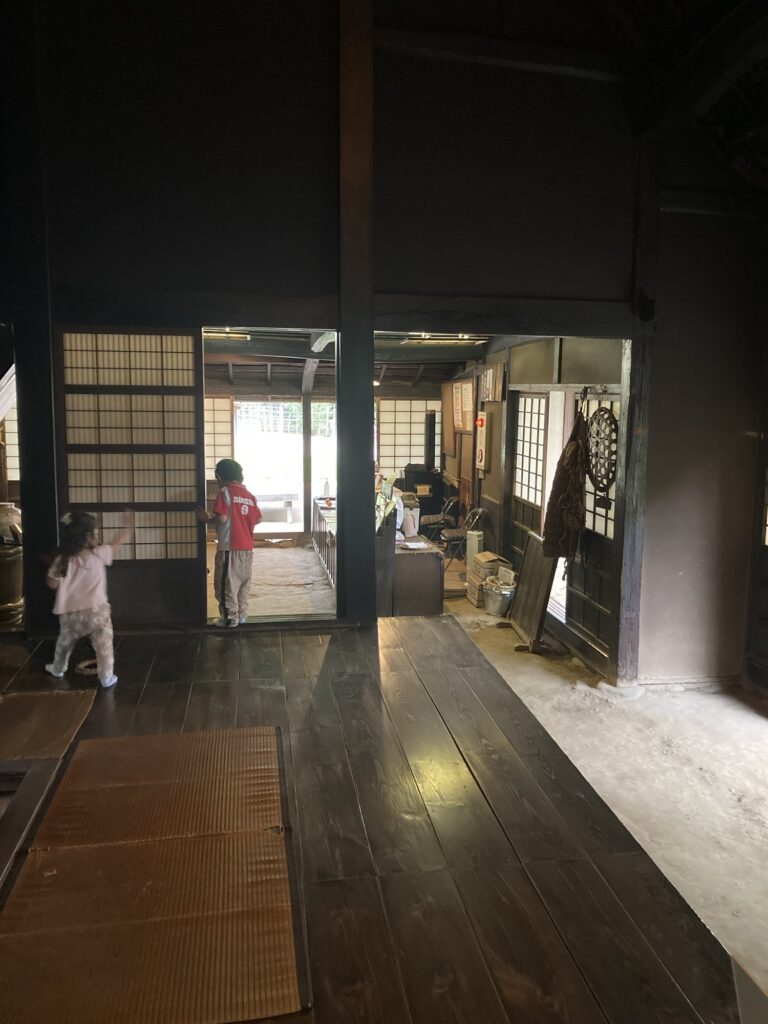
Opened in November 1988, Jidaibori Park preserves and recreates a classic rural landscape from the late Edo period to the early Showa era. Within the park you’ll find a village headman’s estate (including a main house and two traditional storehouses), two farmhouses, and a front gate, all moved and restored to their original style. The surrounding bamboo bushes and well preserved farms complete the scene, offering a vivid glimpse of Japan’s countryside life from more than a century ago.
What is Jidayubori Park? A traditional house in Setagaya, Tokyo
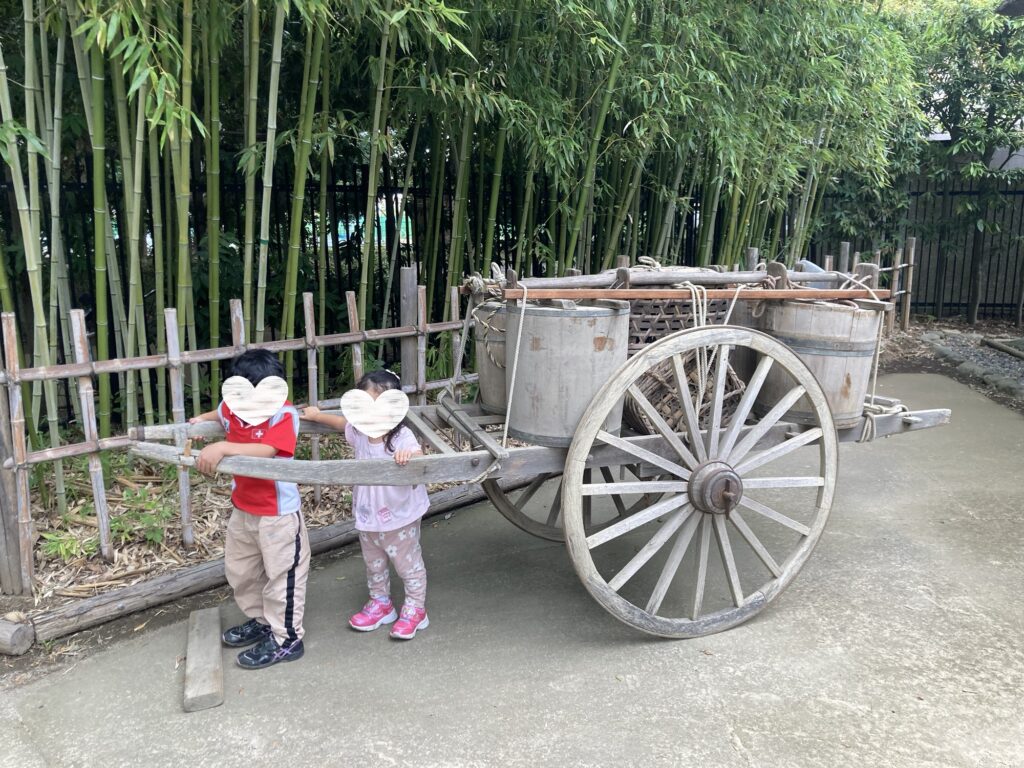
Jidayubori Park is a traditional Japanese farmhouse, or kominka, that has been meticulously preserved to showcase the lifestyle of the Edo period. The residence offers visitors a rare opportunity to step back in time and explore authentic Japanese heritage.
Why Jidayubori Park – the traditional houses are Great for Families
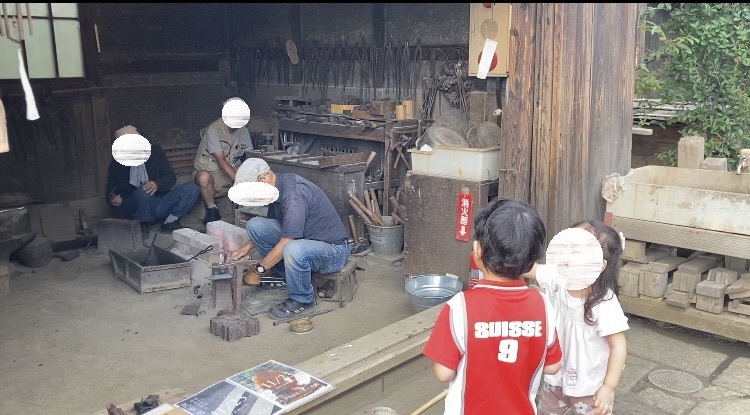
- Interactive Learning: Children can engage with historical artifacts and traditional tools, sparking curiosity about Japan’s past.
- Hands-On Activities: Depending on the season, workshops such as calligraphy, origami, and traditional games are available, allowing kids to try their hand at Japanese crafts.
- Safe and Spacious: The open layout and well-maintained grounds provide a safe environment for children to explore and play.
What to Expect at the Japanese traditional house
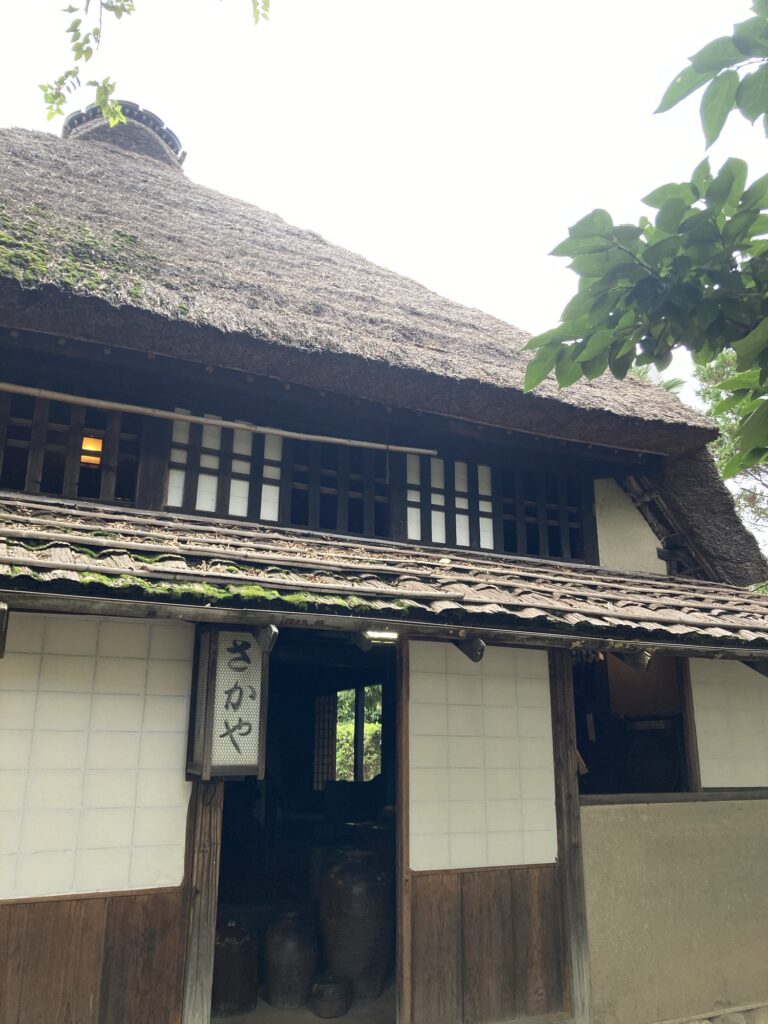
Upon entering the kominka, visitors are greeted by sliding paper doors (shoji) and a traditional hearth (irori). The knowledgeable staff often provide storytelling sessions, bringing the history of the house to life. While Japanese is the primary language, staff often provide English-language materials, and some may speak basic English, since there are visitors from all over the world. If you’re into old houses straight out of a Totoro-like world, this place is a must-see! It’s also perfect for snapping lots of photos.








This house used to be a sake shop back in the Edo period, and people actually lived here until around 1980! Of course, it had been modernized over the years, but when it was decided to relocate it to this park, its original appearance was carefully restored. The house originally stood just 500 meters from where it sits now. Back then, workers floated timber down the river from Ome, the rural area of Tokyo, and had to walk back home afterward. On their way back, they would stop by this sake shop and enjoy some drinks on the second floor—a little reward for a hard day’s work.
You and your kids are invited to explore the house—just keep an eye out for a few “Do Not Touch” signs so the history stays safe.
If you are interested in visiting historic houses, you might also like to visit Daikanyashiki in Setagaya.




Jidayu-bori Park features Edo-period farmhouses showing the daily lives of common villagers. Nearby, a magistrate’s residence (daikan yashiki) represented local officials who enforced the law. This contrast between ordinary homes and official residences makes for an interesting historical perspective.
How to Get to Jidayubori Park
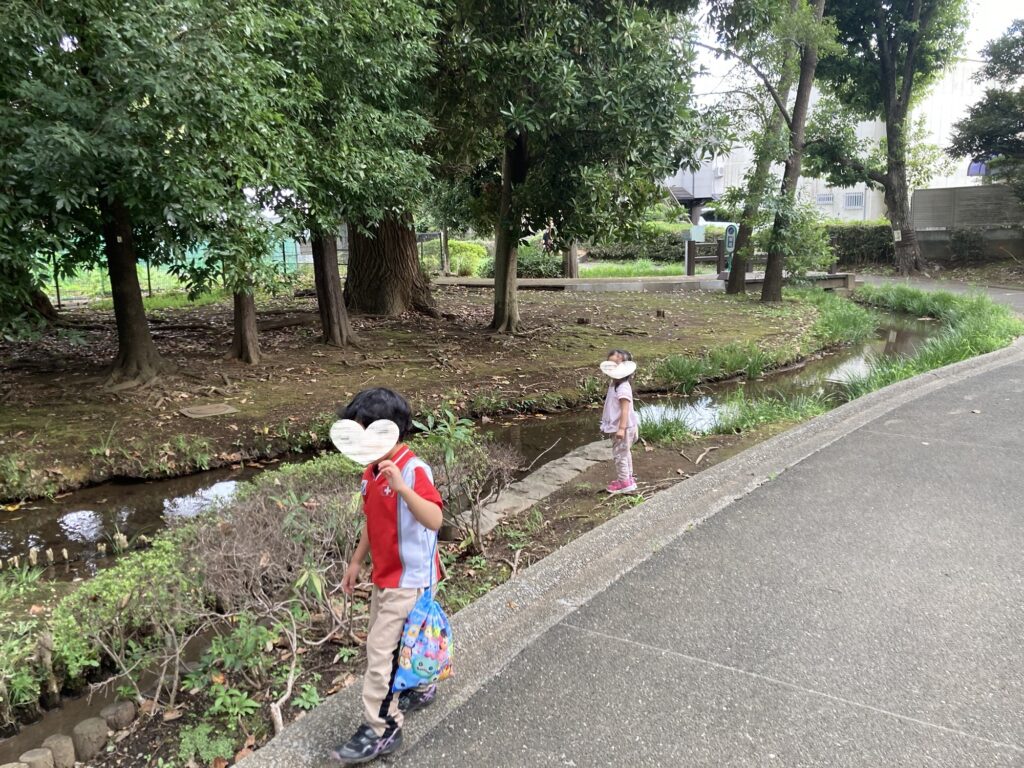
Jidayubori Park is located in Setagaya, easily accessible by public transportation. From Shibuya Station, take the Tokyu Den-en-toshi Line to Sangenjaya Station, then a short bus ride or walk will bring you to the site.
Visitor Information
Opening Hours: 9:30 AM – 4:30 PM (January 1: 10:00 AM – 3:30 PM)
Closed: Every Monday
If Monday falls on a national holiday, the park will be closed on the following weekday.
Year-end and New Year holidays: December 28 – 31, January 2 – 4
Admission: Free
Guidelines: Smoking is prohibited inside the park to protect cultural assets. Bicycles and pets are not allowed inside the Folk House Garden.
The nearest restrooms are public toilets just outside the park. They’re not very clean and there aren’t any diaper-changing facilities, so plan accordingly if you’re visiting with little kids.
A Japanese traditional house is Perfect for a Day Out
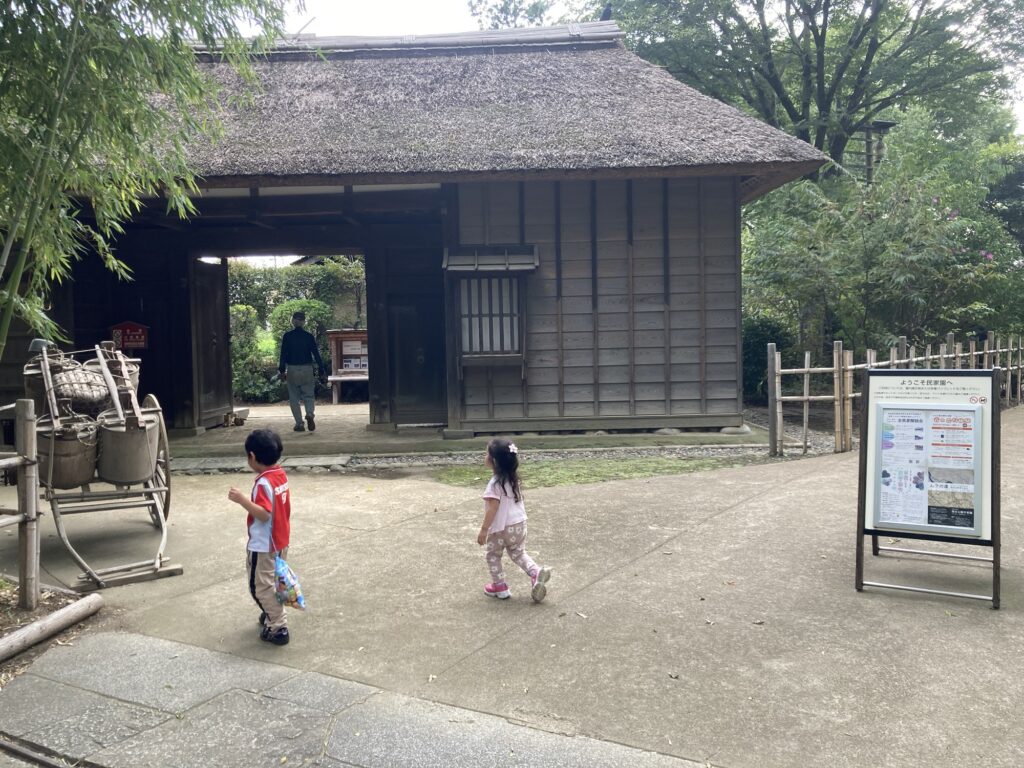
While you’re at Jidayu-bori Park, consider extending your visit to the nearby TOHO Studios, where Godzilla and Seven Samurai murals make for amazing photo opportunities!


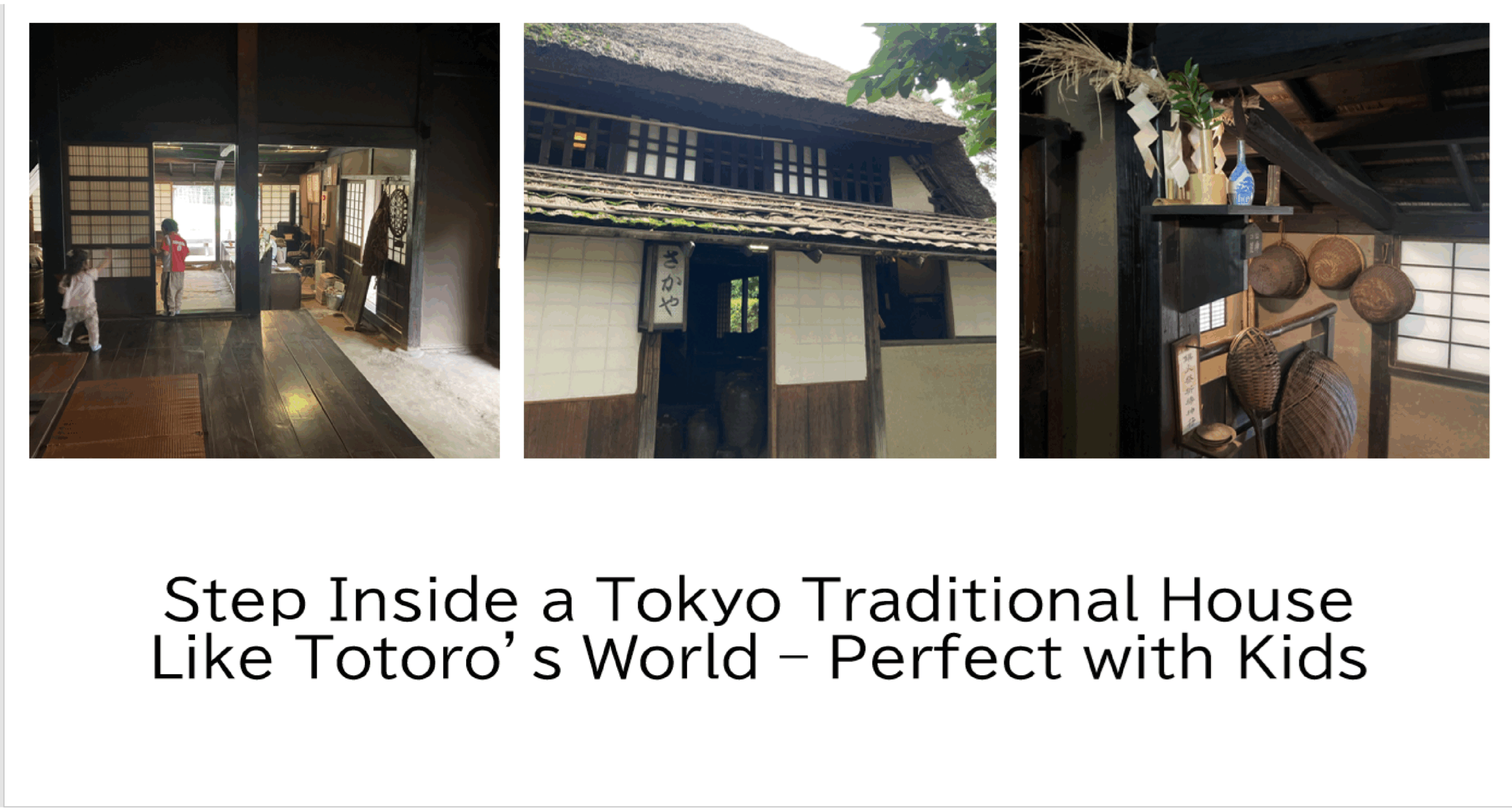


コメント